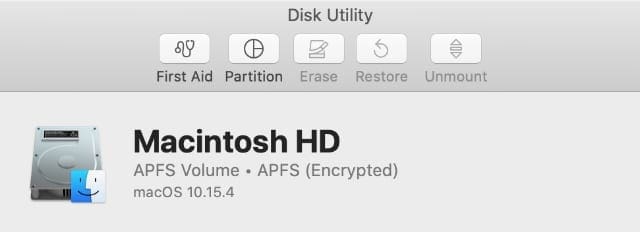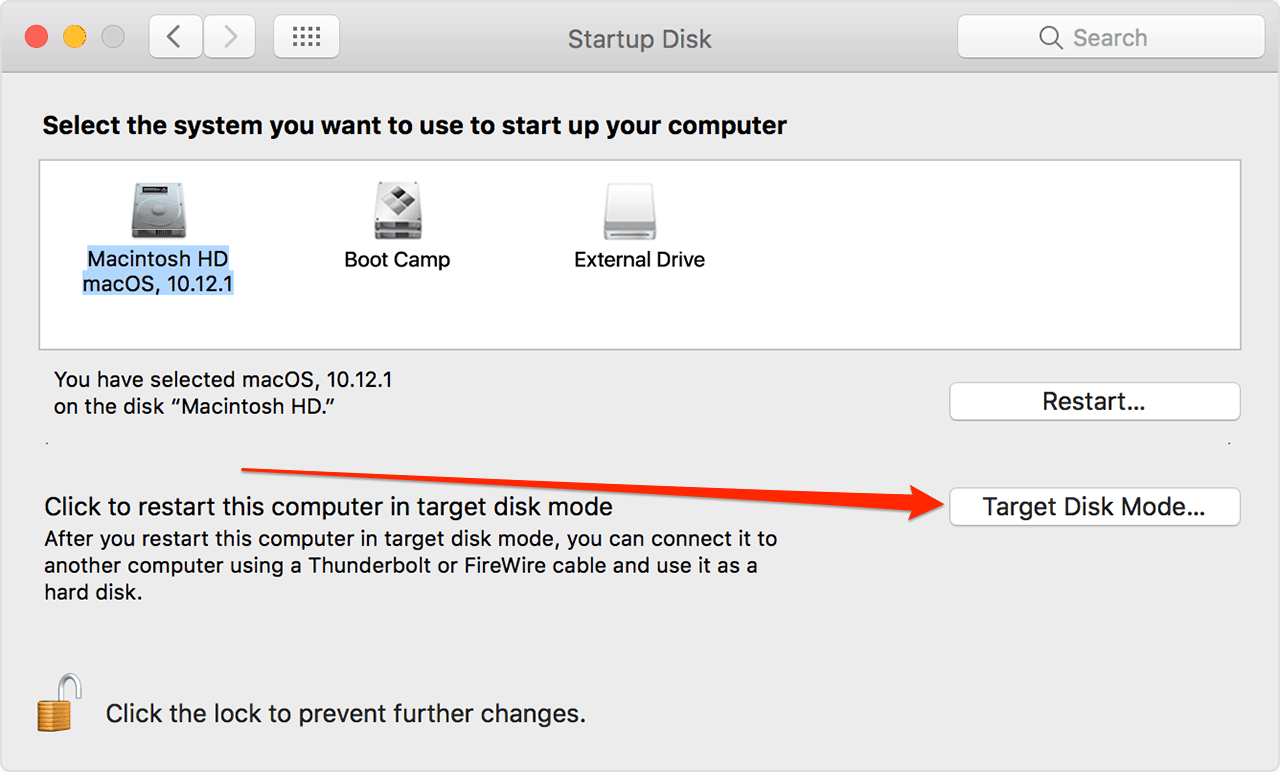

And the other host Mac is that your files are transferred to. One is the target Mac that you want to transfer files from. Read more > Preparations to use Target Disk Mode/Share Diskīefore you start the Mac into target disk mode, you need to have preparations for a smooth and successful data transfer. This post tells you two ways to use iBoysoft Data Recovery in macOS Recovery Mode with or without a bootable USB drive.
Boot to target disk mode how to#
How to run iBoysoft Data Recovery in macOS Recovery Mode?
Boot to target disk mode for mac#
If there is no other Mac available, you can boot your Mac into recovery mode and run iBoysoft Data Recovery for Mac to rescue files. Although they both function to transfer files between two Macs, the specific operations are different.īy connecting two compatible Macs, Target Disk Mode/Share Disk can help to access the startup disk when your Mac won’t boot. With the advent of Apple Silicon Mac, the previous Target Disk Mode is replaced by Share Disk (also called Mac Sharing Mode), a new startup option on M1 Mac. By connecting two Macs with Target Disk Mode, you can browse and open your files stored on the target startup disk. Target Disk Mode is a boot mode on Intel Macs that makes the target Mac's startup disk work like an external hard drive on another Mac computer. Keep reading this guide to learn how to boot your Intel Mac to Target Disk Mode or M1 Mac to Share Disk and transfer files from one Mac to another. Access the startup disk's data when MacBook won't turn on.Migrate your data from an old Mac to a new Mac.TTransfer loads of files from one Mac to another.And Target Disk Mode/Share Disk, a startup option on Mac can meet your needs when you want to: Nowadays, Mac users can transfer various kinds of files between two Macs without hassle, including photos, videos, music, and so forth. 5.How to fix Target Disk Mode not working.

4.Boot M1 Mac into Share Disk to transfer files.3.Boot Intel Mac into Target Disk Mode to transfer files.



 0 kommentar(er)
0 kommentar(er)
